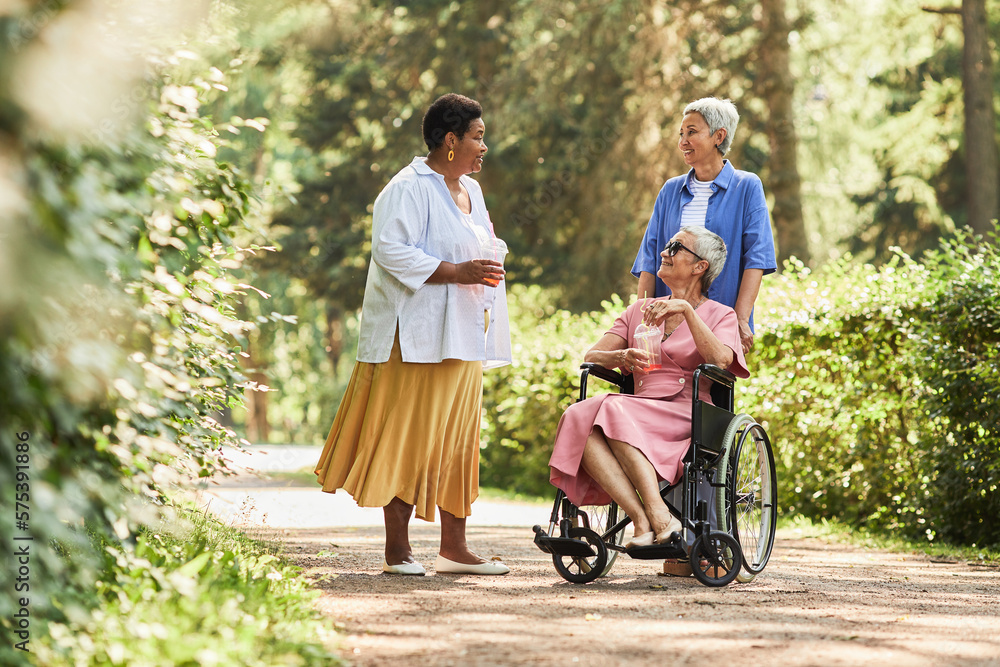As we age, experiencing a fall can become a more common part of life, and it is crucial to know how to get up from the floor elderly individuals safely and with confidence. Understanding the proper way to rise after a fall is vital for maintaining comfort and ensuring continued independence.

1. Understanding the Risk of Falling
Falls are prevalent among elderly individuals and knowing how to get up from the floor after a fall is important for preserving dignity and reducing panic.
2. Assessing the Situation
Before attempting to stand up, check for injuries and ensure you are not dizzy. Take your time to prepare mentally and physically.
2.1 Check for Pain or Injury
Gently feel for any pain or injuries. If you suspect a severe injury, it is best to call for help and not move.
2.2 Stay Calm and Breathe
Staying calm is crucial. Take deep breaths to settle nerves and focus on safely getting up.
3. Preparing to Stand Up
Moving slowly, roll onto your side. Gradually get onto your hands and knees, making sure you have a stable base.
3.1 Roll to Your Side
Commence by rolling onto your side, taking care not to hurry the process.
3.2 Move into a Kneeling Position
Slowly progress to a kneeling position, ensuring your arms and legs support you adequately.
4. Utilizing Furniture for Support
Look for a sturdy piece of furniture such as a chair or a couch to use as leverage while standing up.
4.1 Choose a Reliable Support
Select a piece of furniture that appears robust enough to support your weight.
4.2 Use Your Stronger Leg First
Lead with your stronger leg when working to stand, aiding balance and support.
5. Standing Up Safely
With one foot flat on the ground, use your arms to assist in pushing yourself up steadily.
5.1 Push Up with Upper Body Strength
Engage your upper body strength to help lift yourself while rising.
5.2 Stand Steadily
Once upright, remain still for a moment to regain balance before walking.
6. Strategies for Preventing Falls
Preventing falls is equally important. Consider adjustments in the home to enhance safety and minimize risks.
6.1 Home Modifications
Ensure that walkways are clear, and consider installing grab bars in frequently used areas.
6.2 Regular Exercise
Engage in exercises designed for elderly individuals to improve strength, balance, and flexibility.
7. When to Seek Assistance
Call for assistance if you are unable to stand or if you experience significant pain.
7.1 Recognizing Serious Injuries
Identifying how anemia affects the elderly is important, as it may necessitate professional intervention.
7.2 Initiate an Emergency Alert
Utilize an emergency alert system or phone a family member immediately if needed.
8. Building Confidence
Through practice at home, elderly individuals can build confidence in safely getting up after a fall.
8.1 Practice Falling Safely
Engage in controlled practice to improve technique under a caregiver’s supervision.
8.2 Encourage Independence
Motivate individuals to practice and gain independence over time.

FAQs
Can exercising help prevent falls?
Engaging in exercises aids in strengthening muscles and improving balance, thereby reducing the risk of falls.
What should you do if falling is frequent?
Consult with a healthcare provider to understand underlying causes and get advice on potential adjustments at home.
Is there specialized equipment available?
Yes, tools such as walking aids and lift chairs can be beneficial for those experiencing mobility challenges.
For further information on elderly care and fall prevention, you might explore this insightful article on caring for older adults.
This article contains affiliate links. We may earn a commission at no extra cost to you.

